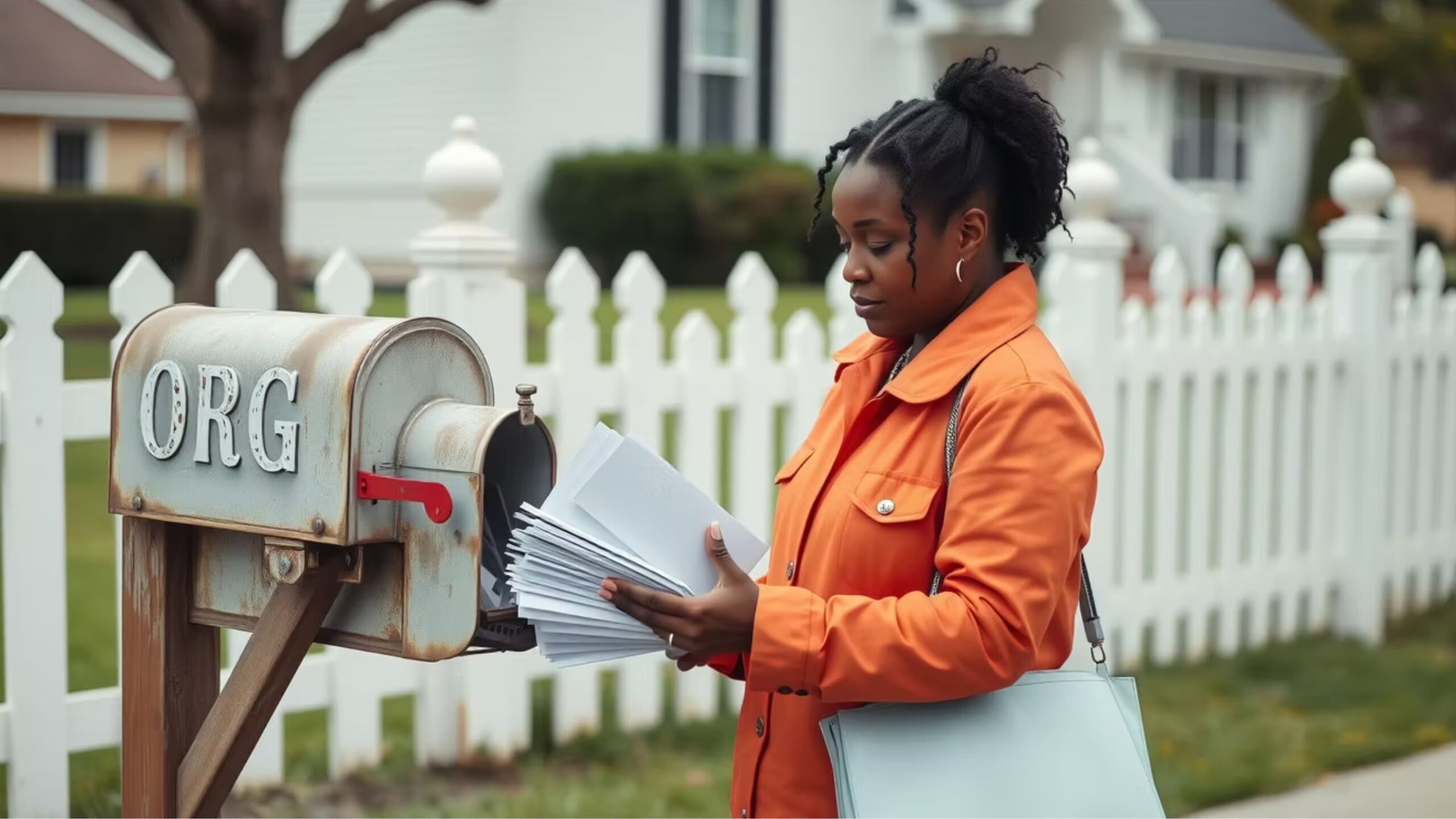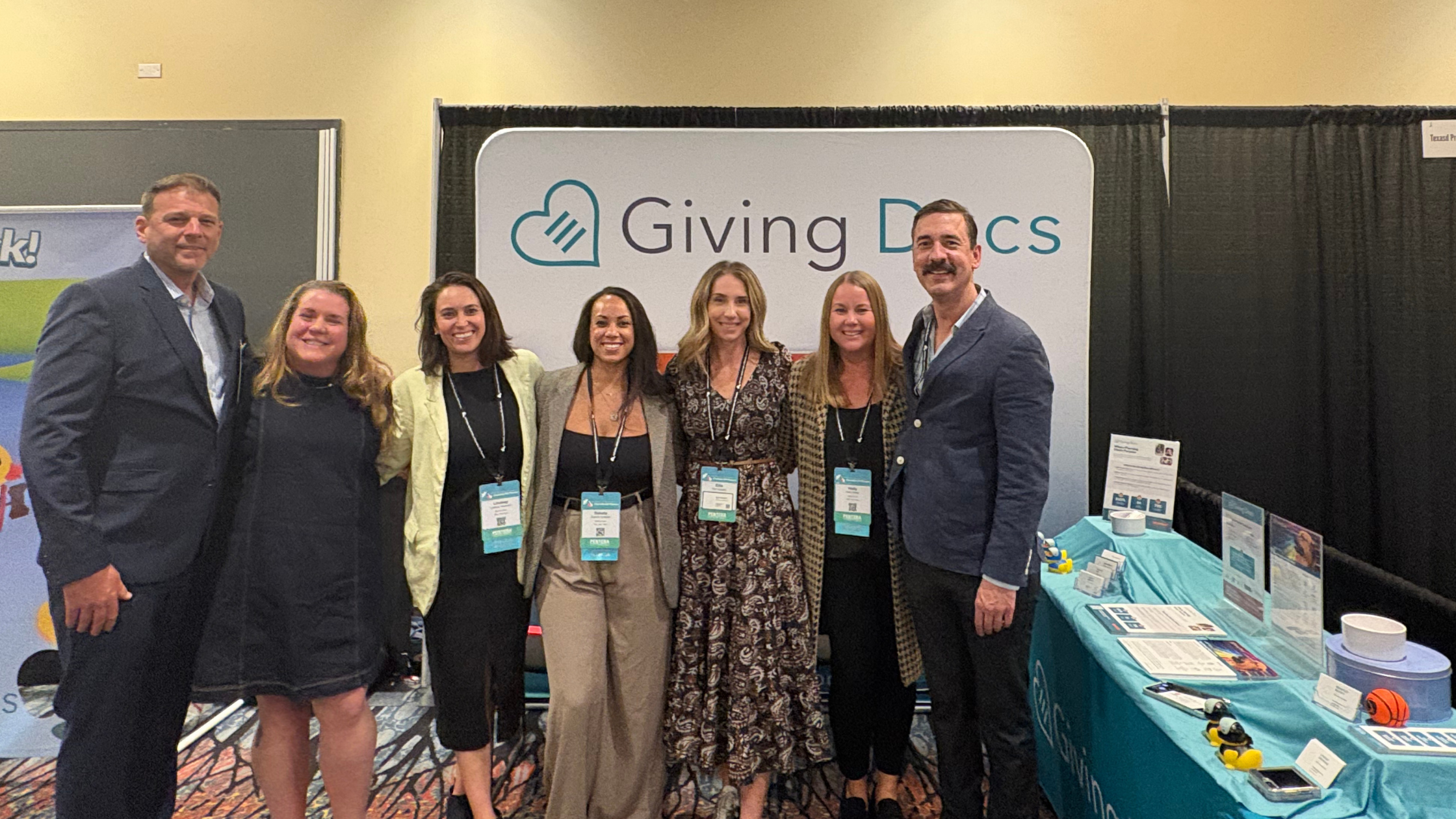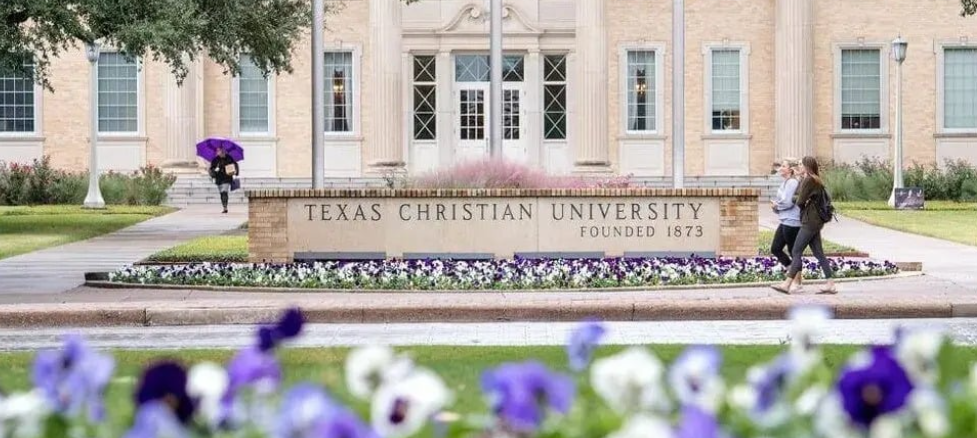The third week of October is National Estate Planning Awareness Week (NEPAW) a fresh opportunity to run a major planned giving campaign before year-end giving truly kicks into gear. If you’ve been weaving in messaging about legacy giving into your 2025 donor outreach, this is the moment to bring it all together with a clear, compelling call to action.
Participating in a NEPAW campaign is your opportunity to put a decisive capstone on this year’s planned giving strategy. This high-visibility moment encourages donors to pause, reflect, and take action in ways that feel authentic to them. It’s also the perfect time to emphasize the importance of maintaining an up-to-date estate plan, and how that plan can include a lasting, transformative gift to the mission they care about most.
Whether you’re highlighting donor stories, showcasing impact, or simplifying the path to giving, NEPAW is a key chance to unlock generosity and turn donative intent into meaningful follow-through.
Why It Matters
- Year-end momentum: With year-end giving season closing in , engaging donors now can increase conversion rates and make sure your planned giving program stays top of mind.
- Decision-making window: As supporters begin year-end planning, your message can guide them toward considering your organization as the beneficiary of a legacy gift.
- Focus on impact: Tying your mission to the importance of long-term sustainability reinforces the emotional resonance of planned giving.
Because NEPAW is a moment of national alignment around estate planning, it’s the ideal time to move from passive awareness to meaningful action. Here are four ways your organization can leverage this window to deepen donor engagement, highlight the importance of thoughtful planning, and inspire legacy giving.
1. Start with Your Best Prospects and Segment
Target donors who are already emotionally engaged and likely considering legacy options, and get really smart about segmentation for each group:
- Long‑time recurring donors: Consistent givers signal trust and commitment – prime candidates for estate planning outreach.
- Alumni, volunteers, grateful beneficiaries / grateful patient programs: Those with personal connections to your work often see estate gifts as a meaningful continuation.
- Board, staff, and community advocates: Their deep alignment with your mission positions them as powerful champions.
2. Plan Ahead for Strategic, Multi-Touch Outreach
Don’t wait until the last minute and rely on a single channel. Start planning an intentional approach to your NEPAW campaign now, and layer your outreach for maximum reach and impact:
- Email series: Launch with an invitation to learn about legacy giving, follow up with stories, FAQs, and a final call to action.
- Social media posts: Share stories that connect donors emotionally to the impact of planned gifts.
- Print mail: Strategic postcards or letters can resonate with older donors who appreciate tangible pieces.
- Website & event exposure: Add banners or pop‑ups to your site, and spotlight estate planning at live or virtual events.
3. Leverage the Power of the Follow-up Email
One of the most effective drivers of planned gift conversion isn’t a new campaign, it’s the follow-up email. A well-timed, thoughtful touchpoint can reignite interest, remove hesitation, and move donors from consideration to action. That single reminder can actually significantly increase conversion rates, especially for donors who are already emotionally invested but haven’t yet taken action.
Whether you’re re-engaging someone who opened your initial outreach or prompting a handraiser to finish their estate plan, the follow-up helps bridge the gap between intent and impact. Keep it timely, personal, and purpose-driven – and make sure it’s on your NEPAW checklist.
4. Keep Messaging Cohesive, Clear, and Compelling
- Consistent across all channels: Reinforce your campaign identity, same visual style, tone, and message.
- Strong, clear call to action: Feature an easy next step, like a “Learn More” or “Plan Your Gift” button linked to your estate planning tools.
- Nest within broader communications: Align this campaign with year-end appeals or recurring donor asks for cohesive, cumulative impact.
What to Do Next
- Set your campaign calendar now. Schedule emails, social content, printed outreach, and leadership communications for the week of October 19-25.
- Identify and brief your audience. Gather lists of high-priority prospects – long-time donors, engaged supporters, and internal advocates.
- Equip your team. Share assets, talking points, scripts, and campaign goals across departments.
- Activate outreach. Launch early reminders, then ramp up content and calls to action during the awareness week.
- Measure and pivot. Use suite tools to monitor donor interest and behavior, and plan meaningful follow-up.
National Estate Planning Awareness Week is another strategic opening in the year to nurture legacy gifts. With thoughtful planning, coordinated messaging, and strong internal collaboration, you can transform awareness into lasting impact. Whether you’re refining your first campaign or optimizing your program, Giving Docs is here to support every step – ready with tools, strategies, and insights you can put to work now.
Let’s make this awareness week the legacy-launching success your mission deserves.




